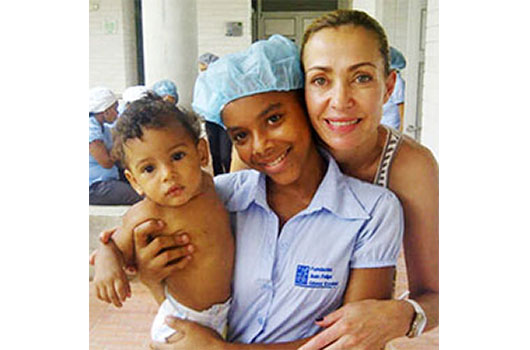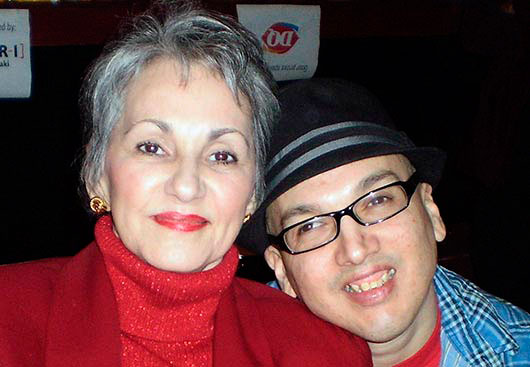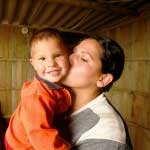
 It’s no secret that sexually transmitted diseases affect Latinos at a disproportionately higher rate than other groups. Here are the five most common ones, along with a guide on how to detect, treat and prevent them. For a full STD guide, click here.
It’s no secret that sexually transmitted diseases affect Latinos at a disproportionately higher rate than other groups. Here are the five most common ones, along with a guide on how to detect, treat and prevent them. For a full STD guide, click here.
HIV/AIDS
What it is
HIV also known as the Human Immunodeficiency Virus is a sexually transmitted disease that is appears to be similar to other viruses like the “flu” or common cold but it attacks the immune system overtime making it impossible to get rid of. It weakens the immune system so much that it gets to a point where your body can’t fight off infections and diseases. At this point the immune system is so damaged that it leads to the last phase in the disease, AIDS (Acquired Immuno Deficiency Syndrome). Patients are diagnosed with AIDS once their cell count is extremely low or they are constantly getting sick.
Statistics
Latinos as a whole are affected by HIV/AIDs three times more than Caucasians. A CDC study found that there were 585 diagnosed out of 100,000 Latinos versus only 224 cases out of 100,000 whites. In 2011 alone, Latinos made up 20% of all AIDS cases.
Read Related: How to Protect Yourself From STIs & STDs
Symptoms
The first signs of HIV start showing up about two months after coming in contact with the virus and are very similar to the flu. Some of the most common symptoms are fever, sore throat, rash, fatigue, and weight loss to name a few. Once HIV develops into AIDS, the symptoms are more severe like extreme chills, night sweats, blurred vision and a constant cough. It’s very easy spot all of these symptoms and they almost never go unnoticed.
Treatment
Both HIV and AIDS can’t be cured and treatment involves using medical drugs that help block the virus from attacking the immune system. There is also an at-home test, OraQuick, that can be used to see if you test positive or negative for HIV. If you are positive, you should see a doctor for a blood test to confirm and take the next steps.
Prevention
At this time, there isn’t a vaccine out there that can prevent you from getting HIV. The only way to protect yourself is to use a condom with your partner until you know they’ve been tested. Make sure to use a new condom with each different sex act and keep the condom lubricated so that it doesn’t break. If you have HIV or AIDS, it’s super important to tell your partners so they can be tested on a regular basis.
Read the full article on Cosmopolitan for Latinas.











